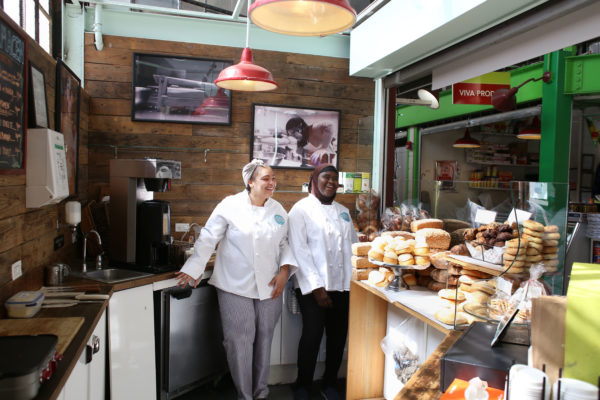When your order is delivered, you imagine your diet being readied in the similar cooking area, by the exact staff, who cook your favorite dishes the similar way they always have. What if I told you your Wednesday night wings weren’t cooked in the same kitchen as when you dine in person? What if I said to you that the nation who boiled your wings weren’t even assigned by your favourite restaurant? What if I said you that your food come from an entirely different area of the city? This new concept is called Ghost Kitchen; a structure used for the sole objective of generating food for takeaway cloud kitchen.
And I’m here to stay: According to research firm Euromonitor, ghost kitchens will be a $ 1 trillion global market by 2030. So what am I now? And why should you care? First of all some definitions:
Ghost Kitchen: A professional-grade food preparation facility used exclusively for the production of takeaway and delivery food cloud kitchen singapore.
Virtual cafeteria: A restaurant that utilizes its physical areas to establish additional contributions for delivery or take-out only.

Virtual Brand: A food idea sold entirely online with no manual space for visitors to interact with the category. In a nutshell, ghost kitchens are restaurateurs’ attempt to capitalize on the recent boom in off-site dining; be it takeout, delivery, online ordering, etc. And their undertakings were profitable. And here’s the kicker: you’re able to keep your prices the same as they were with all those extra costs.
Do I already have your attention? Before you get too excited, ghost kitchens are great strategies in some cases, but not all. Here are some situations where a ghost kitchen could be a great move for your business: You already have a solid brand and your kitchen is a bottleneck, You want to expand your product selection without compromising your brand, You want to gain market share in a food category, You’re already only operating offsite and it’s doing great.

